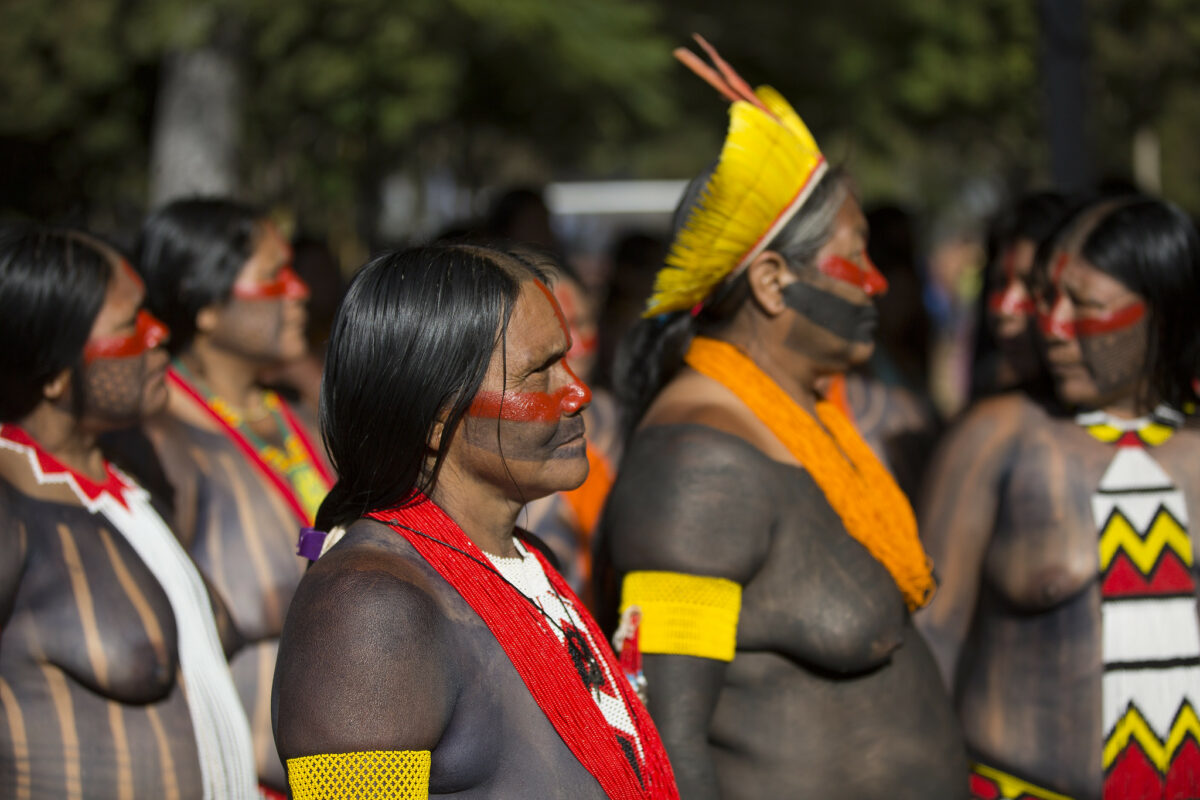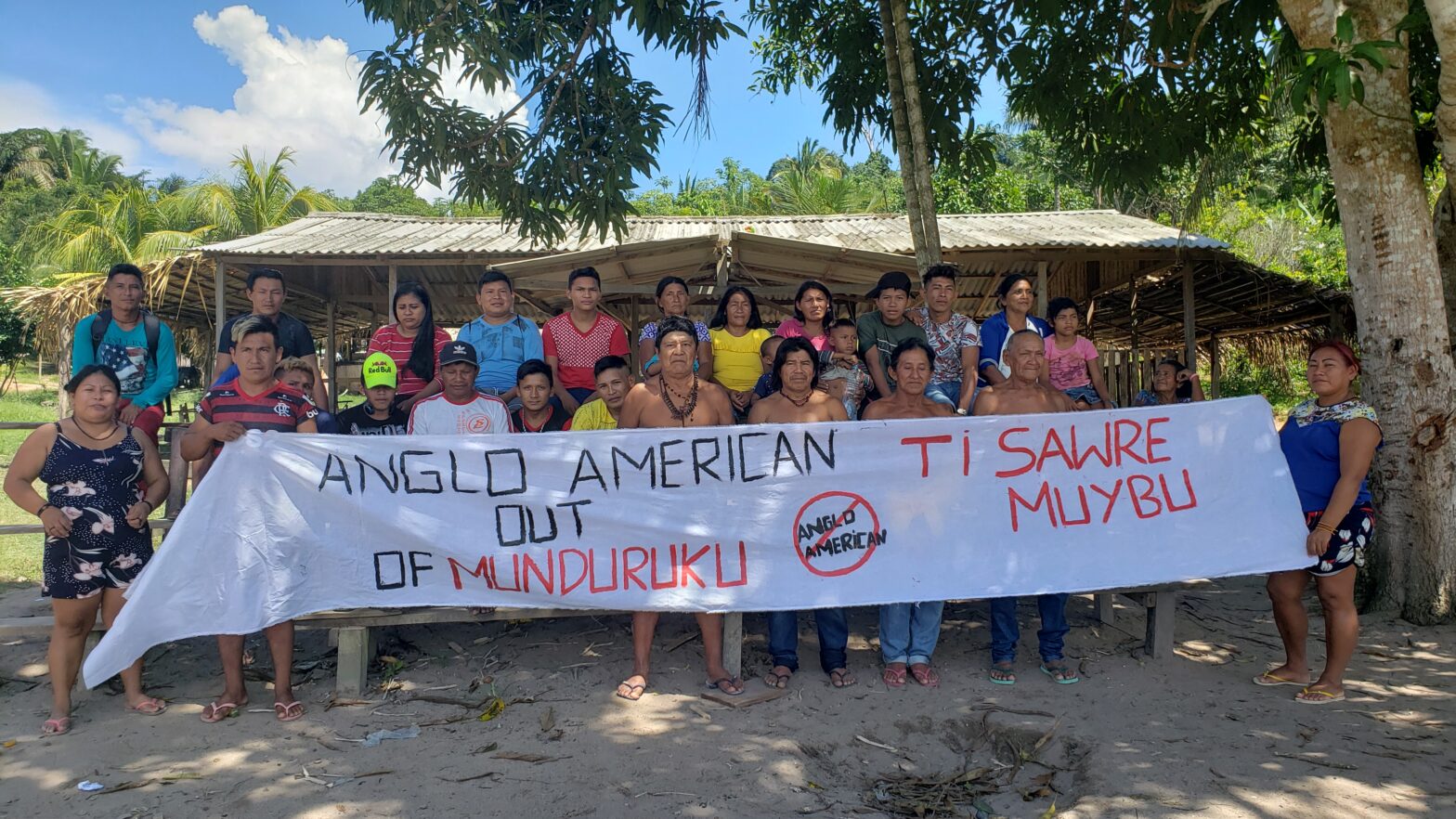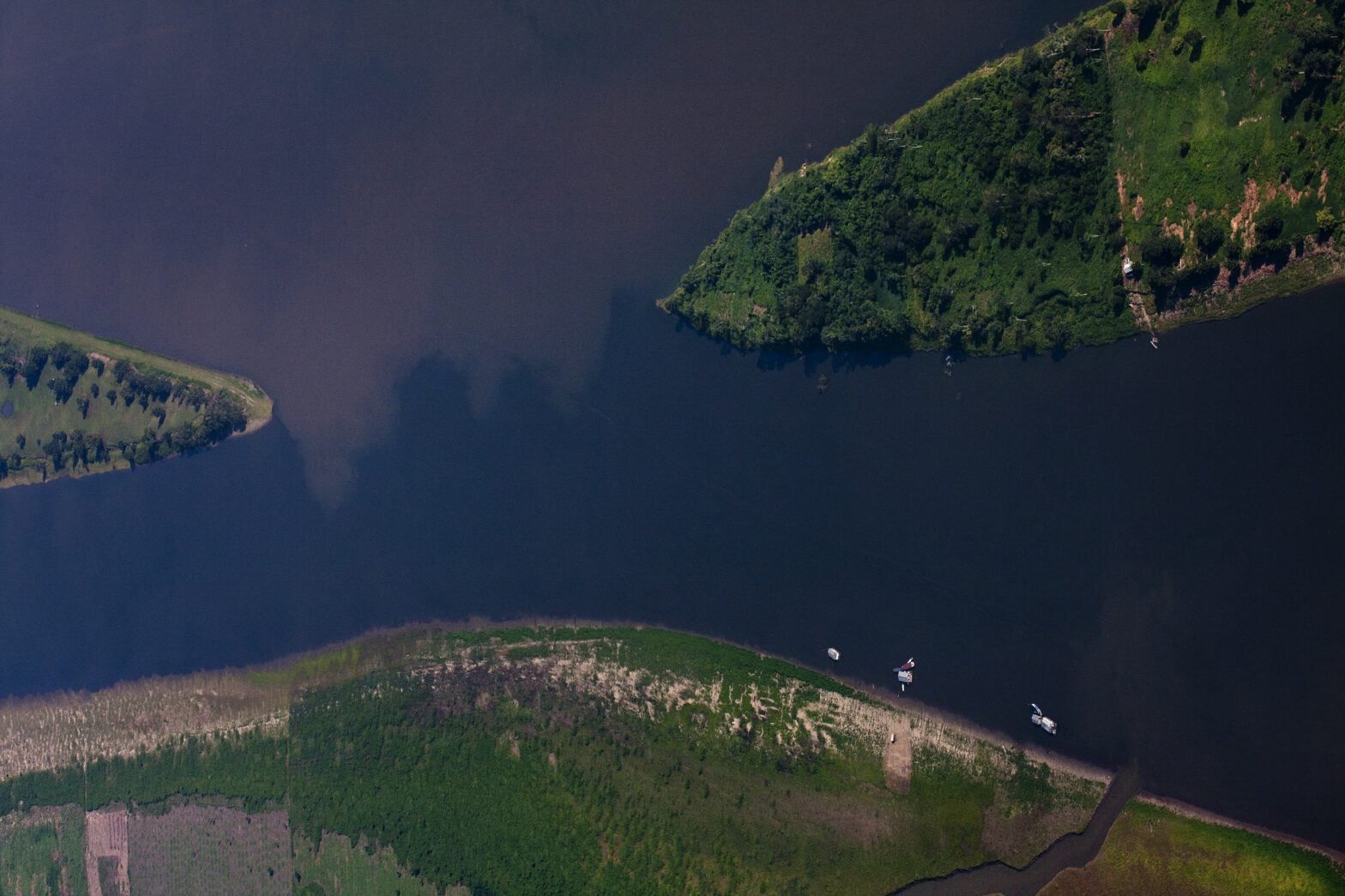Amazônia Minada project finds unusual rise in demand for manganese in 2020, when it became the second most requested on indigenous lands – just after gold. Some of the richest manganese deposits in the world are in southeast Pará, overlapping with the territories of the Kayapó, the most affected by recent records in mining requests. Illegal mining has increased and Indigenous people denounce mining on their territories.
Demand for manganese in China is having a huge impact on the other side of the world: for the Indigenous Kayapó people in the Brazilian Amazon. The metal is essential for the manufacturing of steel used in new public infrastructure works in China, and the high demand has pushed its price up on the international commodities market. In Brazil, one of the world’s biggest producers of manganese, that’s led to a surge in illegal mining — in particular in the Kayapó Indigenous Territory in Pará state.
“The Federal Police have been seizing trucks with manganese almost weekly at inspection points in the interior of Pará,” the National Mining Agency (ANM) said in February through its press office.
According to the ANM, the illegal manganese comes from southeastern Pará. In this region, on the outskirts of the Carajás mining complex, the Kayapó people live atop of some of the richest mineral deposits in the world.
The Amazônia Minada project, which monitors formal applications to mine on Indigenous lands — a practice banned under Brazil’s Constitution — has detected an unusual rise in requests to mine for manganese. The metal typically accounts for just over 1% of such requests, but last year made up 15% of the total. Most of the applications targeted the Kayapó territory.





